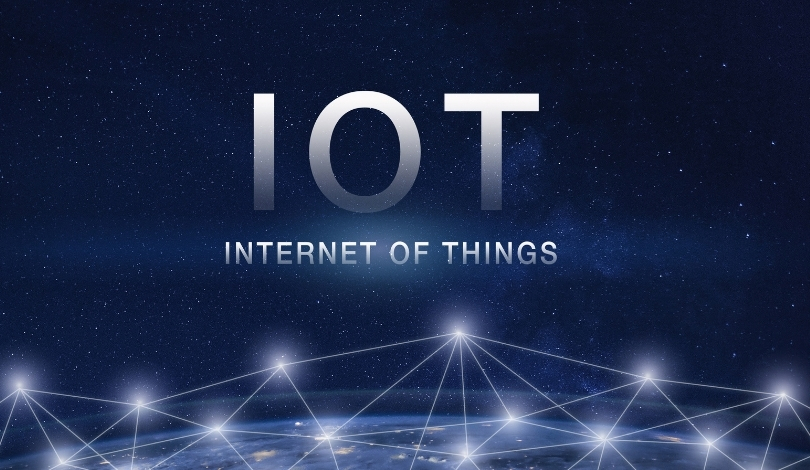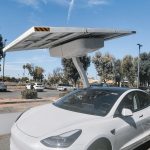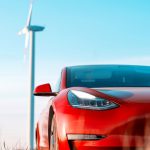After years of disruption, the global Internet of Things (IoT) antenna market looks set to regain stability and pursue fresh growth. While supply chains and markets continue to deal with the after-effects of the pandemic and inflationary pressures, industry experts now anticipate a return to a strong upward trend. As daily life becomes further intertwined with connected technologies—from smart home devices to personal wearables—demand for newer, more efficient antenna solutions is gathering pace. Some companies are also turning to artificial intelligence to ease antenna design challenges and reduce time to market.
Earlier forecasts indicated a quicker rebound for IoT antenna shipments, but the persistent impact of global inflation and trade uncertainties complicated growth. The slow adoption of 5G IoT devices and a downturn in global smartphone sales further delayed expansion in key segments, such as the hearable and asset tracking markets. Recent market data suggests that while North America remains a dominant player—driven by robust consumer adoption of wearables and smart home appliances—the overall pace has been tempered compared to more optimistic projections from just a few years ago.
Which antennas will lead the market?
Industry analysis points to Bluetooth and Wi-Fi-enabled antennas making up over 60% of total shipments by 2030. Among antenna types, PCB-trace antennas are expected to hold the largest share, with SMT antennas closely following. North America is projected to retain a nearly 30% market share, bolstered by consumer trends in wearables and hearable technology.
How are AI innovations impacting antenna design?
The antenna design process, often a major bottleneck for device manufacturers, has benefited from recent advances in AI-assisted design tools. New offerings such as Ignion’s Oxion platform, Taoglas’ Antenna Integrator, and Kyocera AVX’s IoT Solution Optimizer allow original equipment manufacturers (OEMs) to test configurations virtually and streamline component selection. According to Dan Shey, Vice President at ABI Research,
“One of the most exciting developments in the antenna market is AI-assisted antenna design software. These tools help device OEMs virtually test antenna placement and performance based on board size and electronic design.”
Will connectivity trends alter cellular antenna demand?
Switching to Cat-1bis technology has played a disruptive role, especially within the cellular antenna segment. Cat-1bis leverages worldwide 4G coverage and allows for simpler device architectures, which lowers costs for manufacturers. Dan Shey remarked,
“Cat-1bis has taken the market by storm as an inexpensive connectivity technology that significantly lowers device cost while leveraging worldwide 4G coverage.”
As more devices migrate to Cat-1bis, single-antenna designs become increasingly common, replacing earlier models that required multiple antennas.
The IoT antenna market’s trajectory is far from linear. Fluctuations in global electronics markets, including delays around 5G and shifting consumer behaviors in wearables and asset tracking, contribute to ongoing unpredictability. However, rapid developments in AI-driven design platforms and new connectivity standards like Cat-1bis are having a measurable impact. Companies that adapt quickly to these shifts and streamline design processes with AI tools may capture a larger share of the market. For readers invested in IoT, understanding these product designs and tech adoption trends is key for forecasting market movements through 2030. Monitoring how platforms such as Ignion’s Oxion and Taoglas’ Antenna Integrator evolve and are adopted will be vital in assessing market shifts. Keeping a close eye on region-specific factors and the rate of device innovation will help reveal which sectors stand to benefit most from emerging trends in IoT antenna technology.
- ABI Research projects global IoT antenna shipments will hit 13 billion by 2030.
- Bluetooth and Wi-Fi antennas will comprise over 60% of shipments by decade’s end.
- AI-driven design tools and Cat-1bis are influencing the pace and structure of growth.










